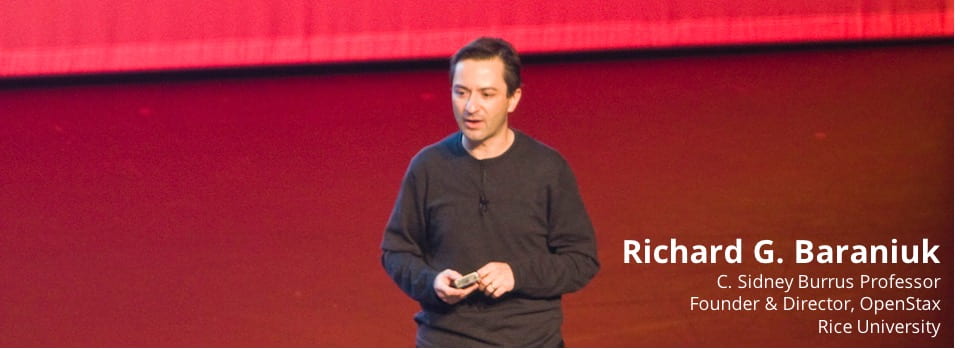M. A. Davenport, J. N. Laska, J. R. Treichler, and R. G. Baraniuk, "The Pros and Cons of Compressive Sensing for Wideband Signal Acquisition: Noise Folding vs. Dynamic Range," preprint, April 2011
Abstract: Compressive sensing (CS) exploits the sparsity present in many common signals to reduce the number of measurements needed for digital acquisition. With this reduction would come, in theory, commensurate reductions in the size, weight, power consumption, and/or monetary cost of both signal sensors and any associated communication links. This paper examines the use of CS in the design of a wideband radio receiver in a noisy environment. We formulate the problem statement for such a receiver and establish a reasonable set of requirements that a receiver should meet to be practically useful. We then evaluate the performance of a CS-based receiver in two ways: via a theoretical analysis of the expected performance, with a particular emphasis on noise and dynamic range, and via simulations that compare the CS receiver against the performance expected from a conventional implementation. On the one hand, we show that CS-based systems that aim to reduce the number of acquired measurements are somewhat sensitive to signal noise, exhibiting a 3dB SNR loss per octave of subsampling which parallels the classic noise-folding phenomenon. On the other hand, we demonstrate that since they sample at a lower rate, CS-based systems can potentially attain a significantly larger dynamic range. Hence, we conclude that while a CS-based system has inherent limitations that do impose some restrictions on its potential applications, it also has attributes that make it highly desirable in a number of important practical settings.
This paper builds on our initial analysis of the "3dB/octave" effect in J. R. Treichler, M. A. Davenport, and R. G. Baraniuk,"Application of compressive sensing to the design of wideband signal acquisition receivers", 6th U.S. / Australia Joint Workshop on Defense Applications of Signal Processing (DASP), Lihue, Hawaii, Sept., 2009.
Our key findings are summarized in two experiments (Figure 3 from the paper). We take M randomized measurements of length N sparse signals and define the s ubsampling ratio as ρ = N/M. Con: The top figure shows that the SNR of a CS reconstructi
ubsampling ratio as ρ = N/M. Con: The top figure shows that the SNR of a CS reconstructi on degrades by 3dB per octave of subsampling when the signal is corrupted by signal noise (and not just the measurement noise that has been the focus of the CS literature to date). This noise folding effect is characteristic of other, more classical subsampling schemes like bandpass sampling. Pro: As the subsampling ratio increases, a CS acquisition system can employ a higher-resolution quantizer and thus offer a larger dynamic range than a conventional ADC-based system. The bottom figure shows that, for the signals under consideration in the simulation, the dynamic range gain grows by as much as 5dB per octave of subsampling. Hence, there is a regime where CS acquisition significantly outperforms conventional ADC-based acquisition.
on degrades by 3dB per octave of subsampling when the signal is corrupted by signal noise (and not just the measurement noise that has been the focus of the CS literature to date). This noise folding effect is characteristic of other, more classical subsampling schemes like bandpass sampling. Pro: As the subsampling ratio increases, a CS acquisition system can employ a higher-resolution quantizer and thus offer a larger dynamic range than a conventional ADC-based system. The bottom figure shows that, for the signals under consideration in the simulation, the dynamic range gain grows by as much as 5dB per octave of subsampling. Hence, there is a regime where CS acquisition significantly outperforms conventional ADC-based acquisition.
